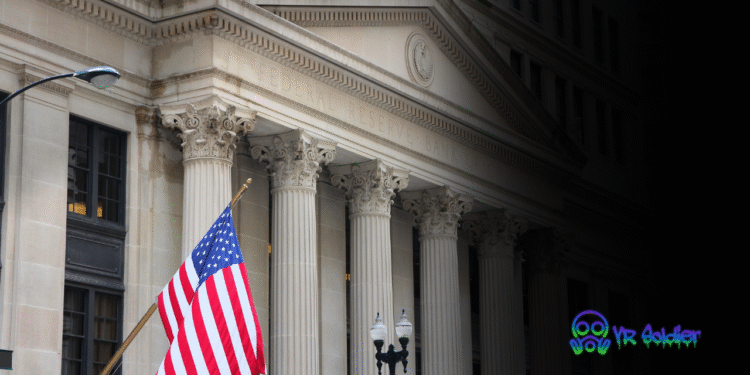Fed Weighs New Payment Account to End Crypto Debanking
The Federal Reserve is considering a new type of account dubbed a “skinny master account” to allow fintechs and crypto platforms direct access to the Fed’s payment infrastructure, potentially eliminating their dependence on partner banks.
During the Fed’s Payments Innovation Conference on October 21, Governor Christopher Waller outlined the idea: eligible non-bank institutions could gain access to core services like Fedwire and ACH. However, such accounts would carry restrictions: no interest on balances, no discount-window borrowing, and possible caps on balances and overdrafts.
“Fed could lower operational barriers and unlock billions in tokenized asset flows over the short term. Over time, enhanced stablecoin utility for seamless U.S. payments may reshape financial market structures toward hybrid TradFi–DeFi ecosystems,” Jamie Elkaleh, Bitget Wallet.
What It Means for Crypto Firms
Currently, many crypto firms must rely on banks that hold full master accounts with the Fed to reach the payments system. This has posed obstacles commonly called “debanking” where banks decline or limit service due to perceived risk. The proposed new account could provide an alternative route.
Industry watchers view this as a meaningful shift: “The new payment accounts could make stable-coin issuers and fintechs much less reliant on banking intermediaries,” according to commentary from crypto payments professionals.
Regulatory & Operational Considerations
While the proposal aims to modernise access to payment rails, it also reflects the Fed’s efforts to control risk exposure. The streamlined accounts would permit faster review but exclude full bank privileges; for example, they would likely not grant access to the Fed’s discount window or offer daylight overdraft.
The concept remains a prototype at this stage. The Fed has said it will engage stakeholders and evaluate benefits and risks before implementation.
Implications for the Financial Ecosystem
If realised, the proposal could reduce frictions for crypto firms seeking access to U.S. payment infrastructure, potentially supporting broader integration between traditional finance (TradFi) and digital-asset platforms. Some analysts view it as enabling tokenised-asset flows and stable-coin utility in U.S. payments.
However, some banking-sector observers caution that such changes could alter existing competitive balances and the role of commercial banks in payments.












